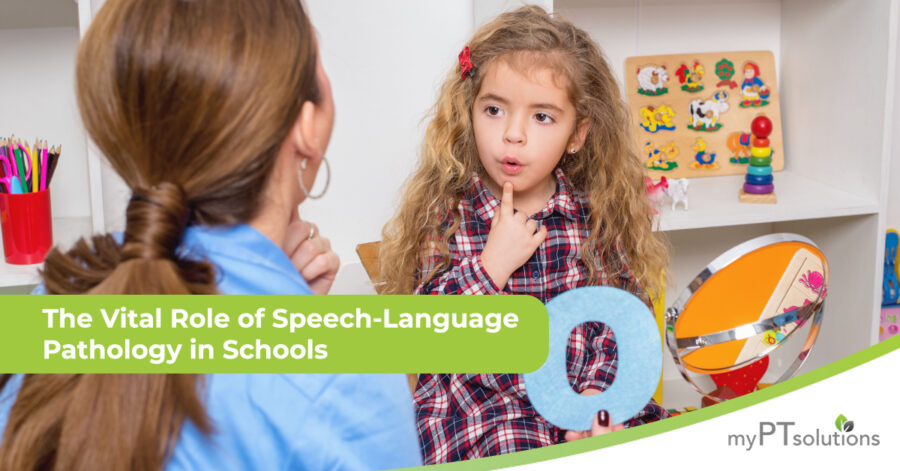Speech-Language Pathologists (SLPs) are crucial to your student’s success. These professionals identify, diagnose and offer speech-language therapy to children with communication disorders in schools. Their services are available to any student that qualifies with a speech and language impairment. SLPs in schools are typically part of the special education team. As we begin a new school year, look at SLPs’ role in the schools.
Challenges for SLPs
Students with speech and language impairments present different challenges for SLPs who work in schools. These students are at risk for low academic achievement and often have difficulty communicating with peers, teachers and school staff. Children who receive speech and language services in the school might have one of the following diagnoses:
- Autism spectrum disorder
- Childhood apraxia of speech (CAS)
- Articulation disorders
- Cognitive impairments
- Fluency disorders (stuttering)
- Hearing impairments
- Language delay
Speech and language disorders significantly impact multiple areas of a student’s life, and they often have difficulty learning new vocabulary, performing independent tasks, and answering questions. These students frequently appear shy due to using simple words and phrases to communicate.
Multiple Responsibilities
SLPs have a broad range of responsibilities in schools at every level. These professionals conduct general screenings and diagnostic evaluations of at-risk students. SLPs work with and train educational professionals on speech and language disorders strategies. They work with families of the children to ensure treatment occurs at home and in school. SLPs also work in general and particular education classrooms to improve listening, reading, writing and learning strategies.
Preschool to High School
In most school districts, SLPs work across the entire range of grade levels, providing service from preschool to high school. The treatment modalities for these populations can be immensely different. When working with preschoolers, SLPs focus on the basics of pronunciation, consonants, improving the accuracy of sound production, and increasing vocabulary and syntax. SLPs use rhyming games, play activities, and imaginary conversations to do this. Many young students benefit from augmentative and alternative communication (AAC) devices which mediate communication through symbols or pictures.
With middle and high schoolers, the focus shifts to improving vocabulary through class-work-based exercises, decoding the morphology of advanced words, and working on spelling and grammar skills. SLPs work to involve students in their treatment regime and explain the concepts behind the treatments and the reasons that specific strategies work better than others.
As graduation approaches, SLPs are involved in transition planning. The move from the cloistered and supportive world of education to real life can be a challenge for impaired students, and SLPs help to ease the transition. These professionals help individuals develop specific plans for handling real-world situations they will encounter outside of the school system.
SLPs work in multiple settings, with schools being a more challenging and rewarding environment. If you are an SLP looking for a new challenge, myPTsolutions can help you. The professional recruiters at myPTsolutions can help you find a job that fits your life.




